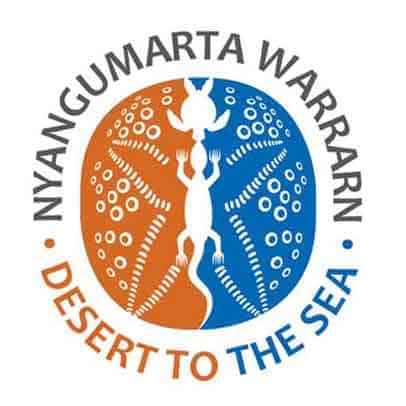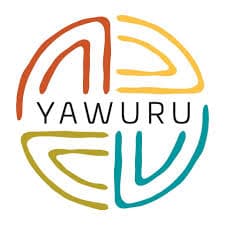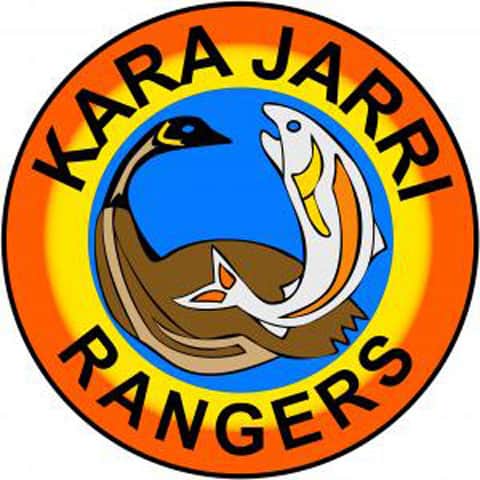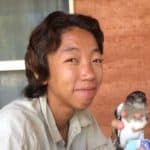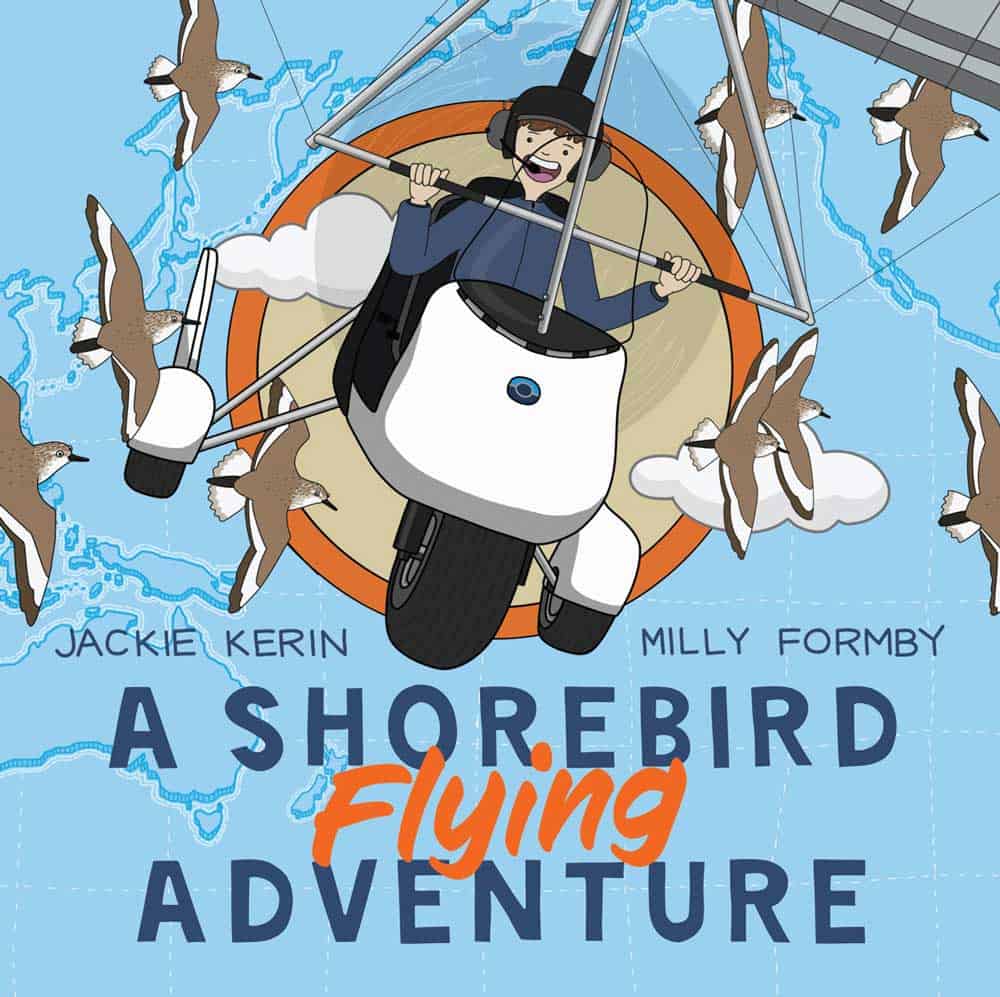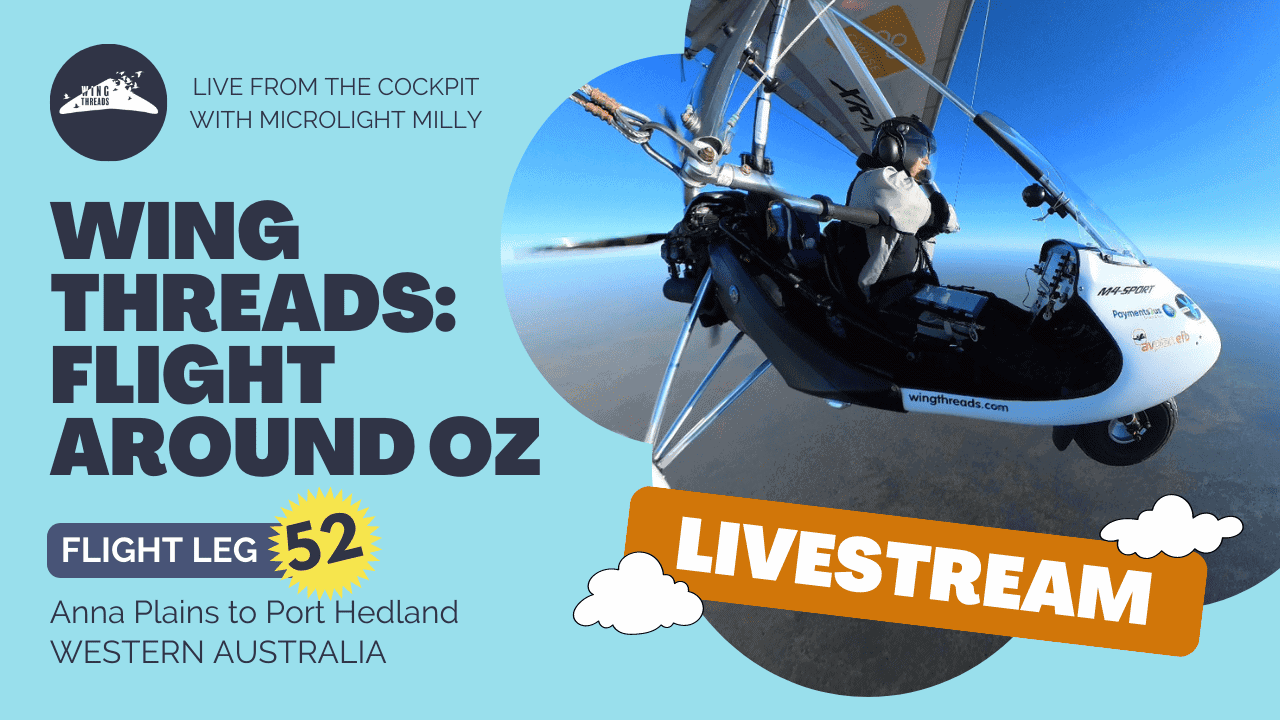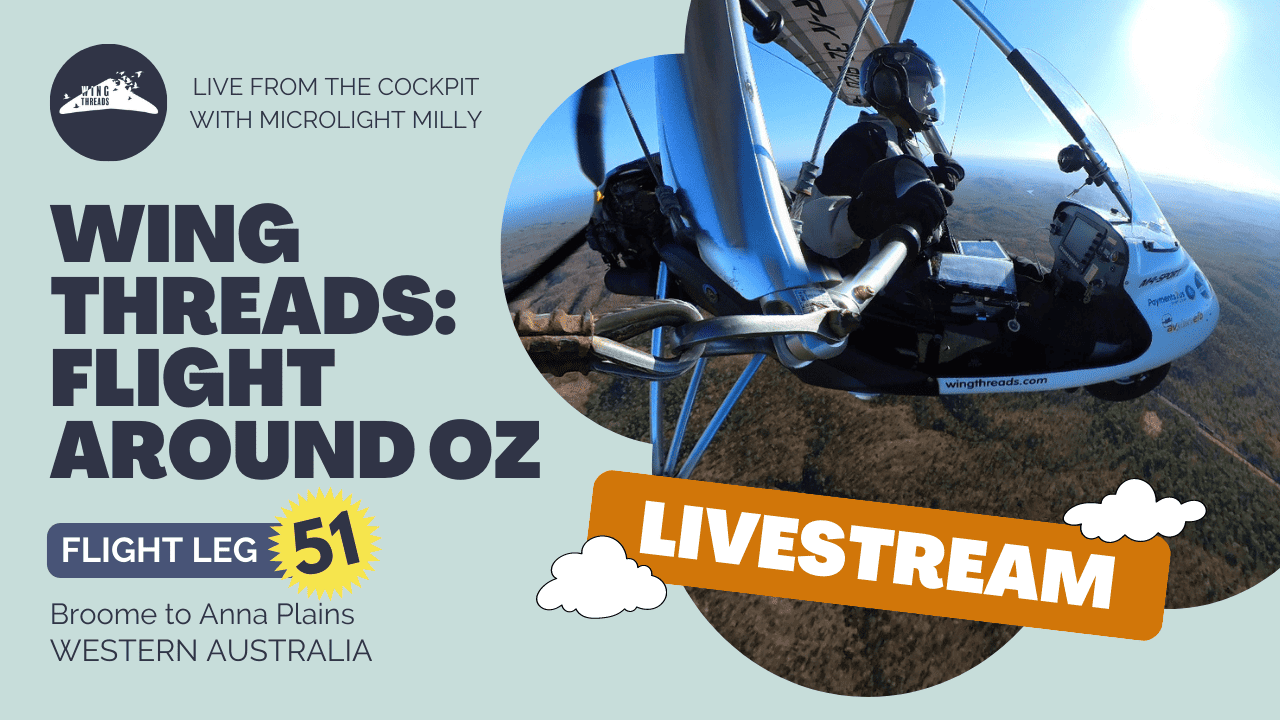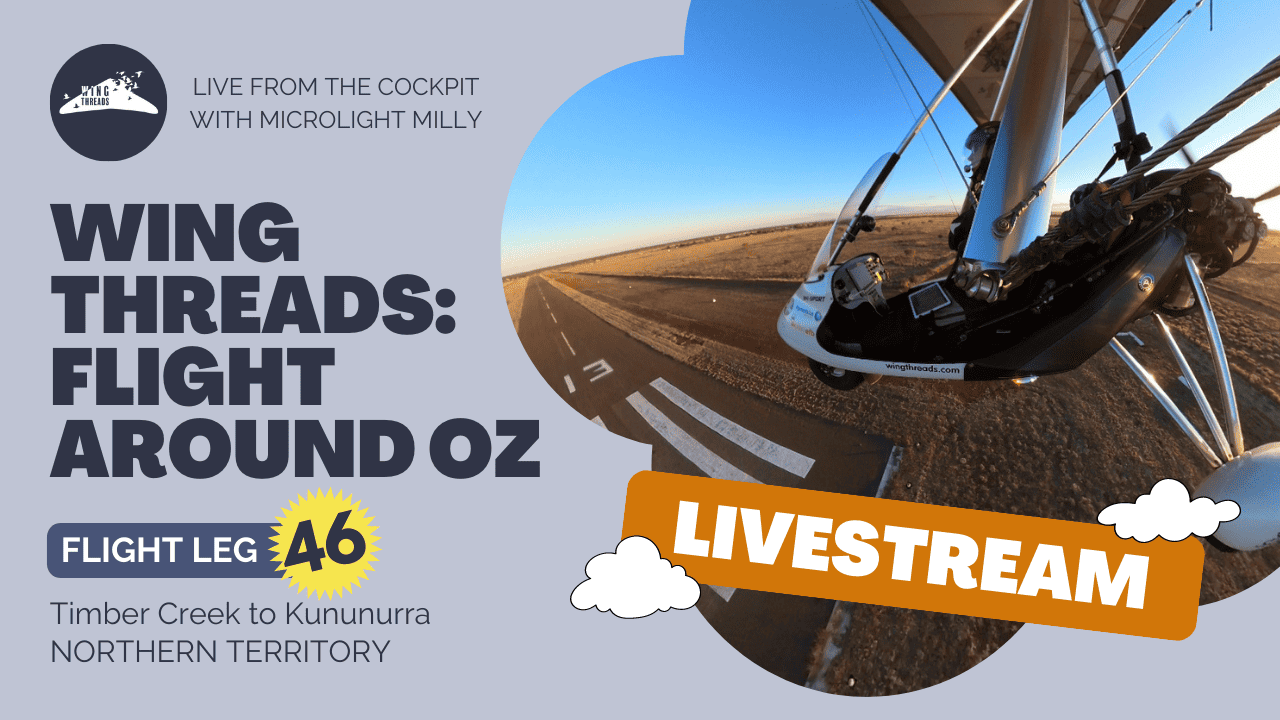On their way back
Exciting news over the past 2 weeks, our Whimbrels KS and KU in Siberia have started their southward migration!
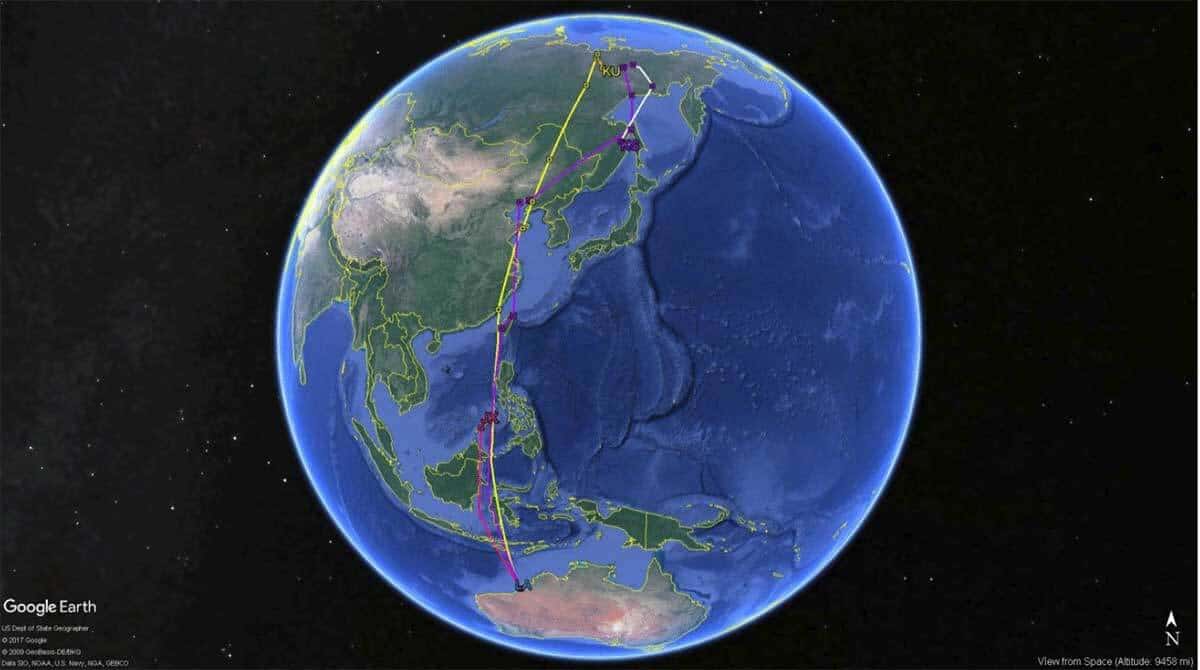

Whimbrel KS
KS left its nesting area on 16-Jul-17 and headed south-east for 636km to Magadan Oblast. It then replenished in the area for 4 days before making another 1,400km flight south-west to Khabarovsk Krai.
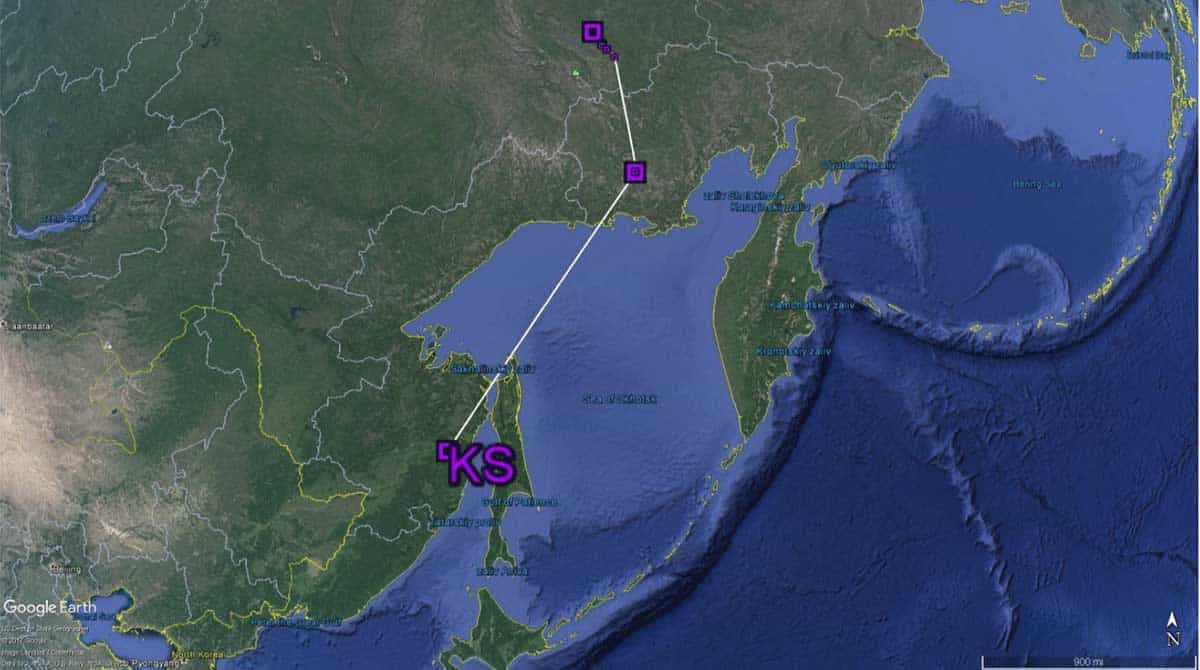
Whimbrel KU
KU departed its nesting area just one day later than KS. It first traveled 136km south to another area along the Verkhoyansk Range. After staying there for 14 days, it started migrating again on 2nd August 2017. Within 4.5 hours, KU traveled more than 334km, averaging a speed of 74kph!
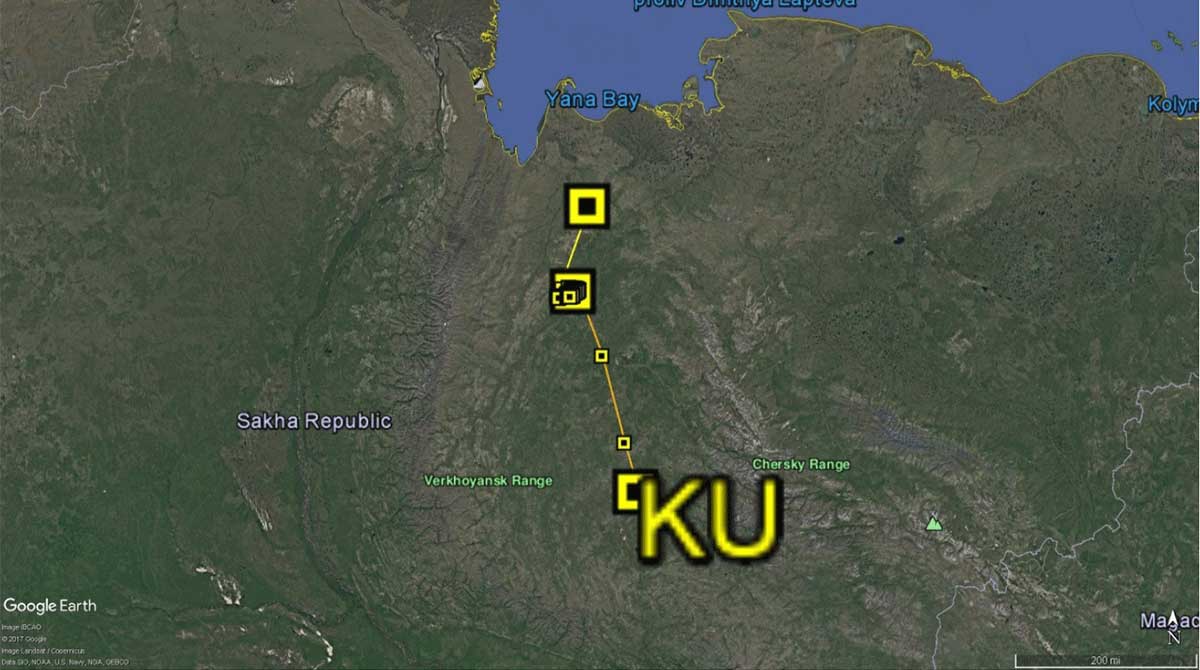
As of 21:00 (GMT+8) on 2nd August, 2017, both KS and KU are still migrating south. In 2 days time, we’ll be able to know their next stops.
Acknowledgements
Clive Minton
The extensive and expensive satellite tracking program we have set up in NWA has only been possible through the efforts and generosity of a large number of people and organizations. It is difficult to know where to start with the formal acknowledgements so I will list them – but not in any particular order of priority.
- The members of the AWSG NWA 2019 Wader and Tern Expedition and similar NWA expeditions in previous years, are particularly thanked for their efforts in the field in catching, banding and deploying transmitters on a range of species.
- Landowners are especially thanked for permission to go onto their property to enable us to catch various species in order to deploy the satellite transmitters. In particular we thank Anna Plains Station for giving us the freedom to roam over large areas of grazed grassland when counting and catching target species.
- AWSG acknowledges the Yawuru People via the offices of Nyamba Buru Yawuru Limited for permission to catch birds on the shores of Roebuck Bay, traditional lands of the Yawuru people.
- AWSG acknowledges the Karajarri and Nyangumarta people for permission to catch birds to be marked for this project on the shores of 80 Mile Beach, traditional lands of the Karajarri and Nyangumarta.
- The cost of the satellite transmitters, which cost around $5000 each, and the satellite downloading costs (around $1000-1500 per month) have been met by a variety of sources. Private individuals (Charles Allen and Doris Graham) have made most generous individual contributions. Kate Gorringe-Smith and her team of artists involved in The Overwintering Project made a large, generous donation from funds raised during their various public exhibitions. The annual NWA Expedition members, collectively, also provided significant funds each year.

